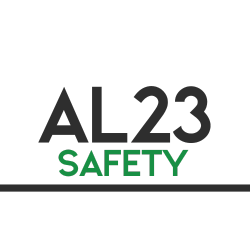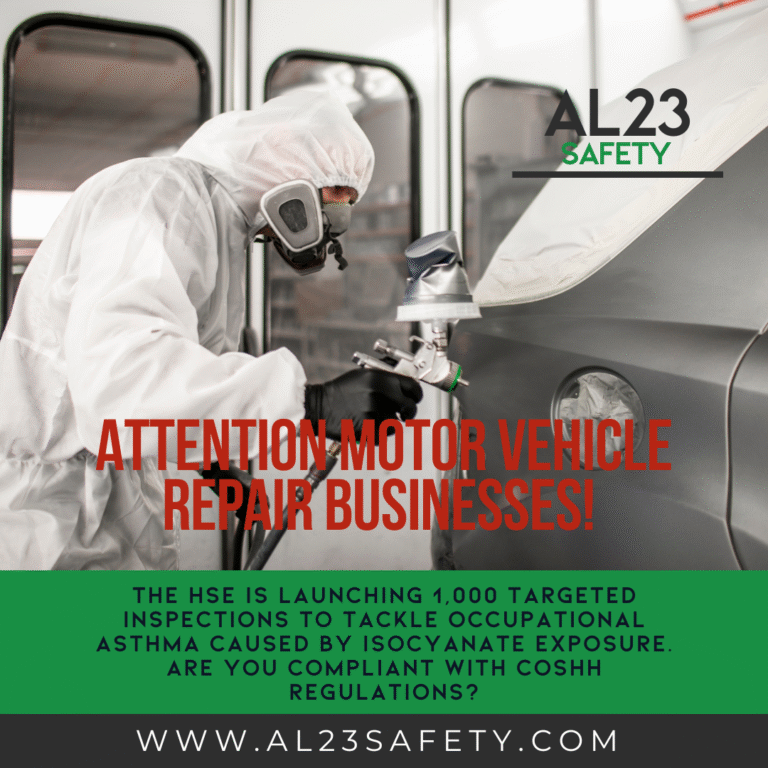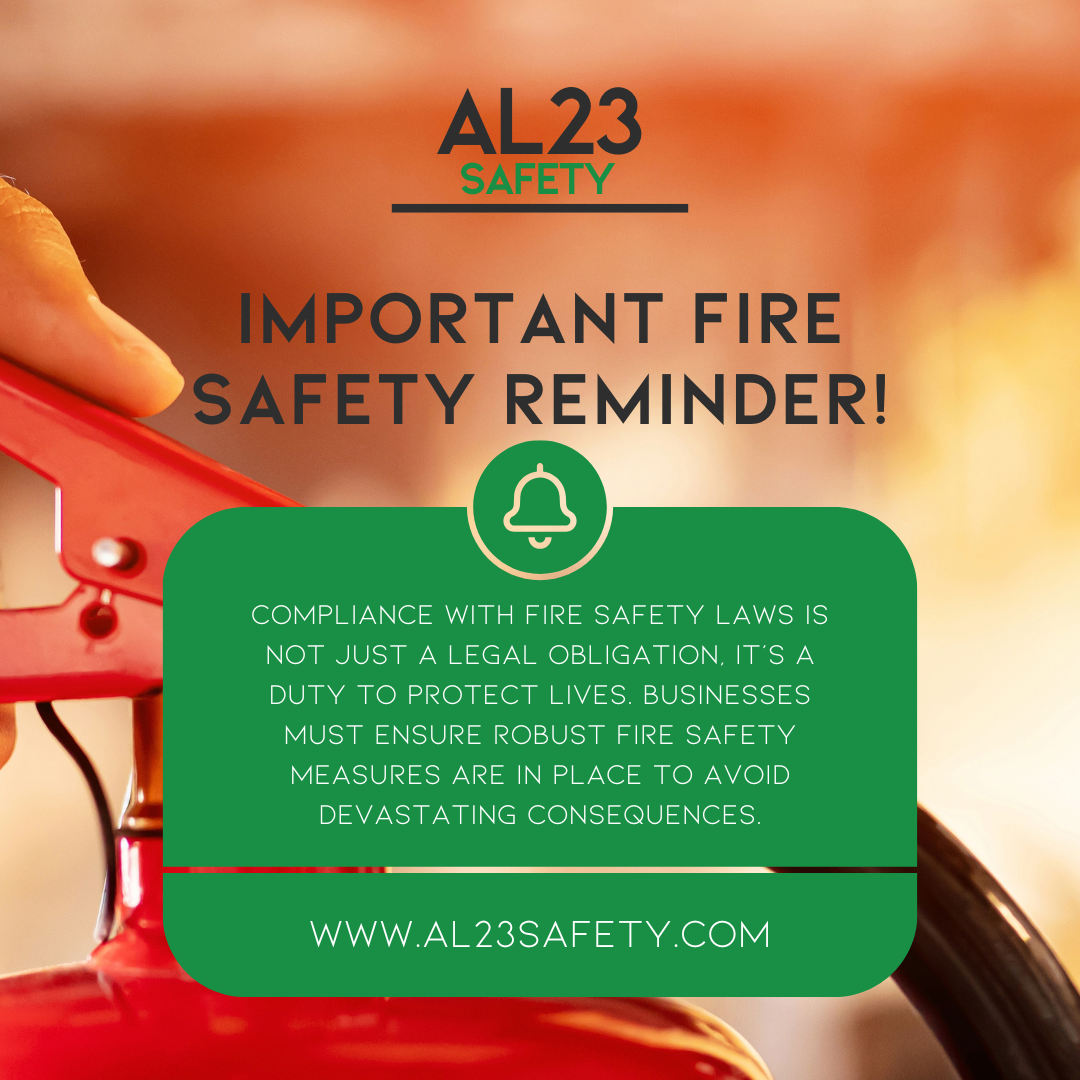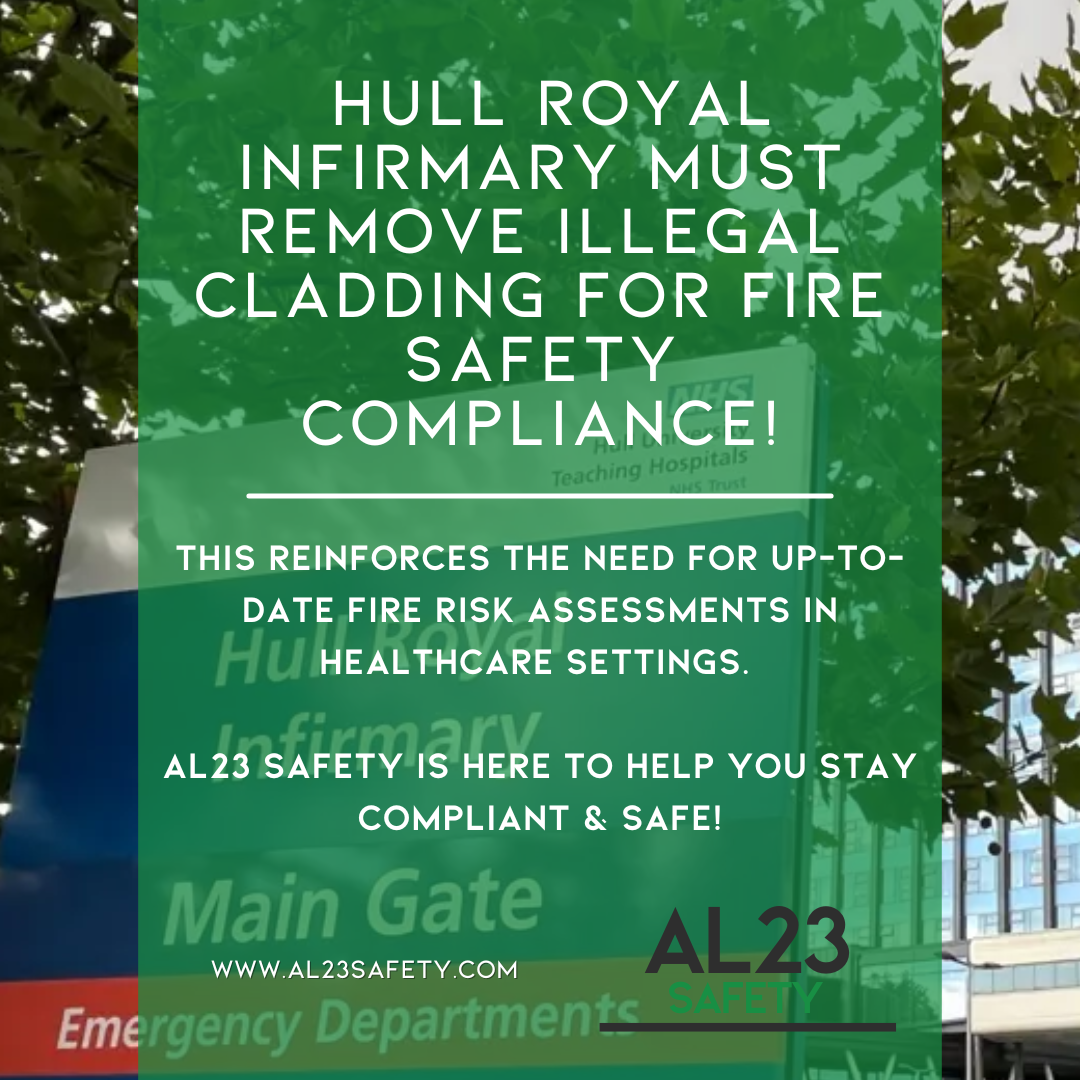Isocyanate exposure in motor vehicle repair is a silent threat that can devastate skilled workers’ careers and health. The Health and Safety Executive (HSE) has launched a robust campaign, including 1,000 targeted inspections, to tackle this issue head-on. With occupational asthma forcing countless paint sprayers out of the industry each year, businesses must prioritise prevention to safeguard their teams and avoid severe penalties.
The HSE’s initiative shines a spotlight on the dangers of isocyanates found in two-pack (2K) paints, commonly used for their superior durability and finish in vehicle repair shops. When sprayed, these chemicals release an invisible mist that can trigger life-altering respiratory issues. Once occupational asthma sets in, even minimal exposure can cause severe reactions, leading to permanent job loss. This preventable condition not only affects individuals but also impacts business productivity and retention of experienced staff.
Why Isocyanate Exposure Demands Immediate Action in Motor Vehicle Repair
In the fast-paced world of vehicle repair, exposure often goes unnoticed until it’s too late. These substances are integral to modern painting processes, but without proper controls, they pose a significant risk. The HSE reports that skilled vehicle paint sprayers are among the most vulnerable, with many diagnosed with occupational asthma annually. This isn’t just a health concern, it’s a workforce crisis that depletes talent from the sector.
Businesses operating spray booths must recognise that compliance isn’t optional. The HSE’s inspections will scrutinise everything from ventilation systems to personal protective equipment (PPE). Failing these checks can result in improvement notices, prohibition notices, or hefty fines, disrupting operations and damaging reputations. By addressing exposure proactively, garages and repair shops can turn a potential liability into a strength, fostering a safer and more attractive workplace for employees.
Understanding the Role of COSHH Compliance in Combating Isocyanate Exposure
COSHH compliance forms the backbone of protecting workers from isocyanate in vehicle repair environments. Under the Control of Substances Hazardous to Health Regulations, employers are legally obligated to assess risks, control exposure, and monitor health. This means conducting thorough risk assessments for every spraying task and implementing hierarchy of controls, starting with elimination where possible, then substitution, engineering controls, and finally PPE.
Regular health surveillance is non-negotiable for anyone handling isocyanates. This includes lung function tests and questionnaires to catch early signs of occupational asthma. Employers must also keep detailed records of exposure monitoring to demonstrate due diligence during inspections. Neglecting COSHH not only endangers lives but invites regulatory action that could halt spraying activities entirely.
7 Essential Safety Measures to Prevent Exposure
To achieve full COSHH compliance and minimise exposure, vehicle repair businesses should implement these seven critical steps:
- Invest in Tested Ventilation Systems: Ensure spray booths and rooms have certified extraction units that effectively remove vapours. Annual testing and maintenance are essential to prevent buildup of hazardous mists during vehicle repair operations.
- Provide Air-Fed RPE: Supply all sprayers with approved air-fed breathing apparatus. Standard masks are insufficient against isocyanates only systems delivering clean, breathable air meet HSE standards and truly protect against occupational asthma.
- Establish Clearance Times: Calculate and display precise re-entry times post-spraying based on booth volume and extraction rates. This prevents workers from entering contaminated areas too soon, reducing exposure risks.
- Conduct Regular Exposure Monitoring: Use personal air sampling to measure isocyanate levels. Keep results below the workplace exposure limit (WEL) of 0.02 mg/m³ for sensitisation and 0.07 mg/m³ for irritation.
- Train Staff Thoroughly: Deliver comprehensive training on hazards, safe handling, and emergency procedures. Refresher courses ensure knowledge stays current amid evolving HSE inspections.
- Implement Health Surveillance Programmes: Schedule baseline and periodic lung function tests for at-risk employees. Early detection of issues allows timely intervention, preserving careers in vehicle repair.
- Maintain Spill and Waste Protocols: Handle isocyanate-containing materials with care, using designated containment and disposal methods to avoid skin contact or accidental inhalation.
By embedding these measures into daily operations, businesses demonstrate commitment to worker welfare and COSHH compliance.
The Severe Consequences of Ignoring Exposure Risks
Non-compliance during inspections can be catastrophic. Improvement notices demand fixes within tight deadlines, while prohibition notices immediately stop high-risk activities like spraying. Fines can reach tens of thousands, compounded by legal fees and lost revenue. Worse still, unchecked exposure leads to compensation claims from employees developing occupational asthma, tarnishing your business’s image.
In contrast, proactive garages that excel in preventing exposure enjoy lower absenteeism, higher morale, and easier recruitment. They also position themselves as industry leaders in safety, potentially qualifying for incentives or partnerships.
How Professional Consultancy Elevates Your Motor Vehicle Repair Safety
Navigating HSE inspections and COSHH compliance can be daunting without expertise. Specialist consultants, like those at AL23 Safety, offer tailored audits, training, and system designs to eliminate exposure gaps. From upgrading ventilation to crafting bespoke health surveillance plans, professional support ensures your vehicle repair business not only meets but exceeds standards.
Investing in consultancy pays dividends through reduced risks, smoother inspections, and a healthier workforce. It’s a strategic move that aligns legal obligations with ethical responsibility.
Conclusion: Building a Safer Future in Motor Vehicle Repair
The HSE’s campaign against exposure is a wake-up call for the vehicle repair industry. By embracing COSHH compliance, implementing robust safety measures, and prioritising health surveillance, businesses can eradicate occupational asthma risks. This not only shields employees from harm but also fortifies operations against regulatory pitfalls.
Take action today review your protocols, train your team, and seek expert guidance if needed. A commitment to preventing exposure today secures a thriving, skilled workforce tomorrow. With HSE inspections underway, there’s no better time to lead by example in workplace safety.



